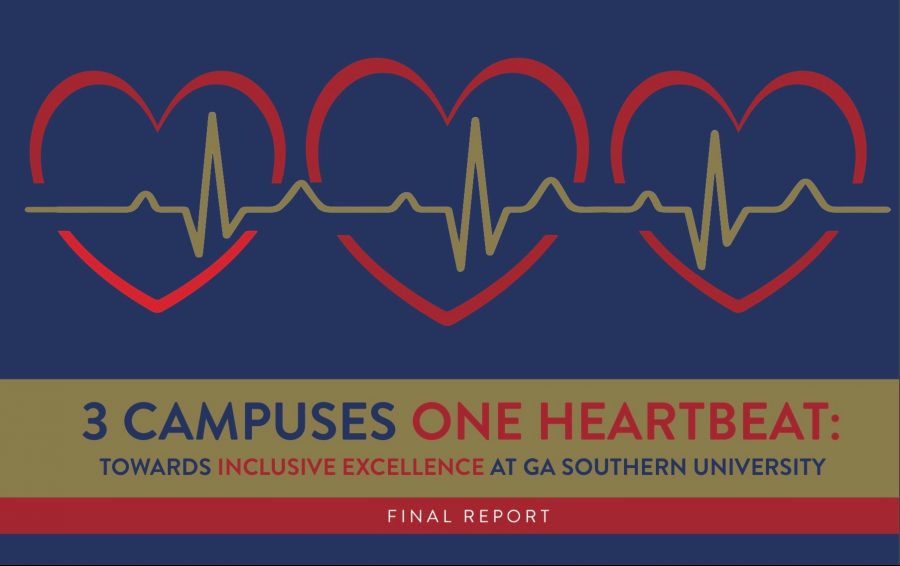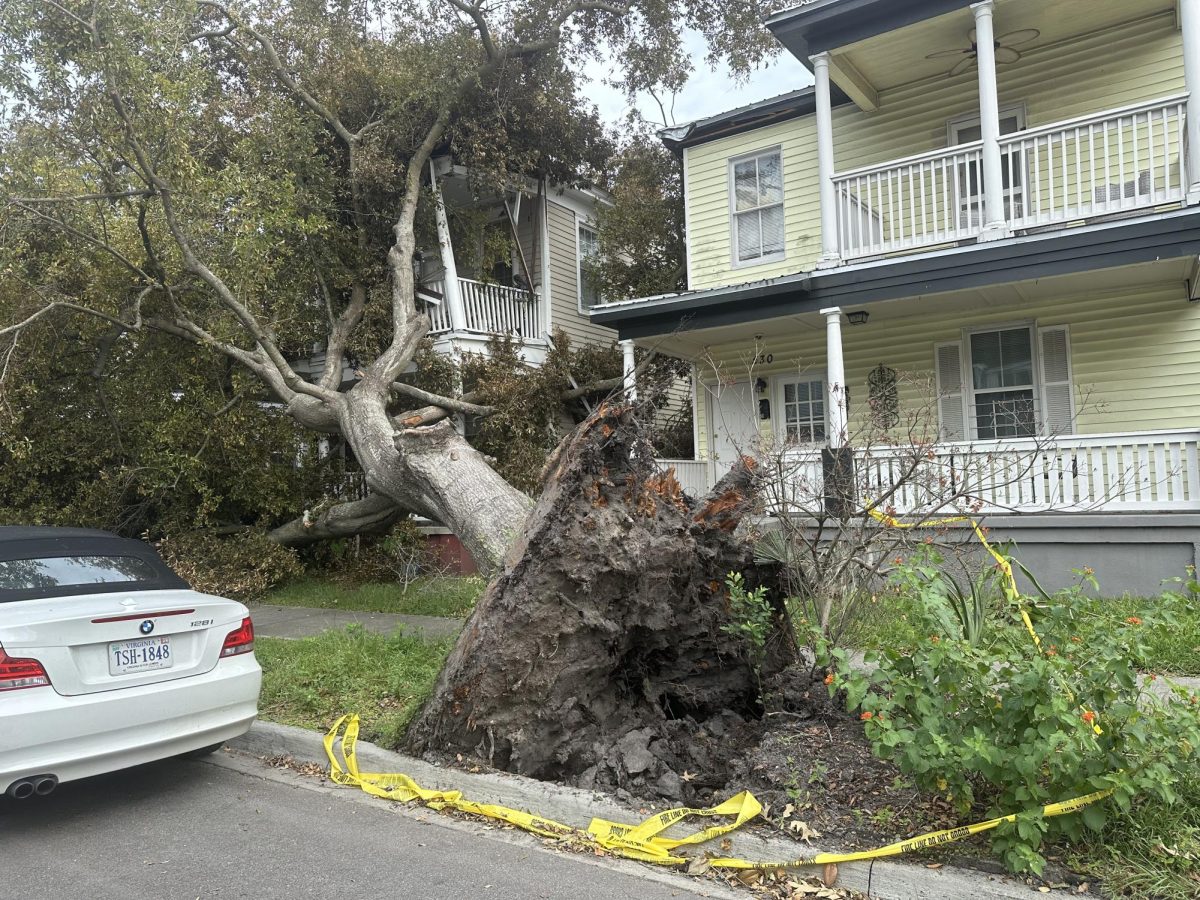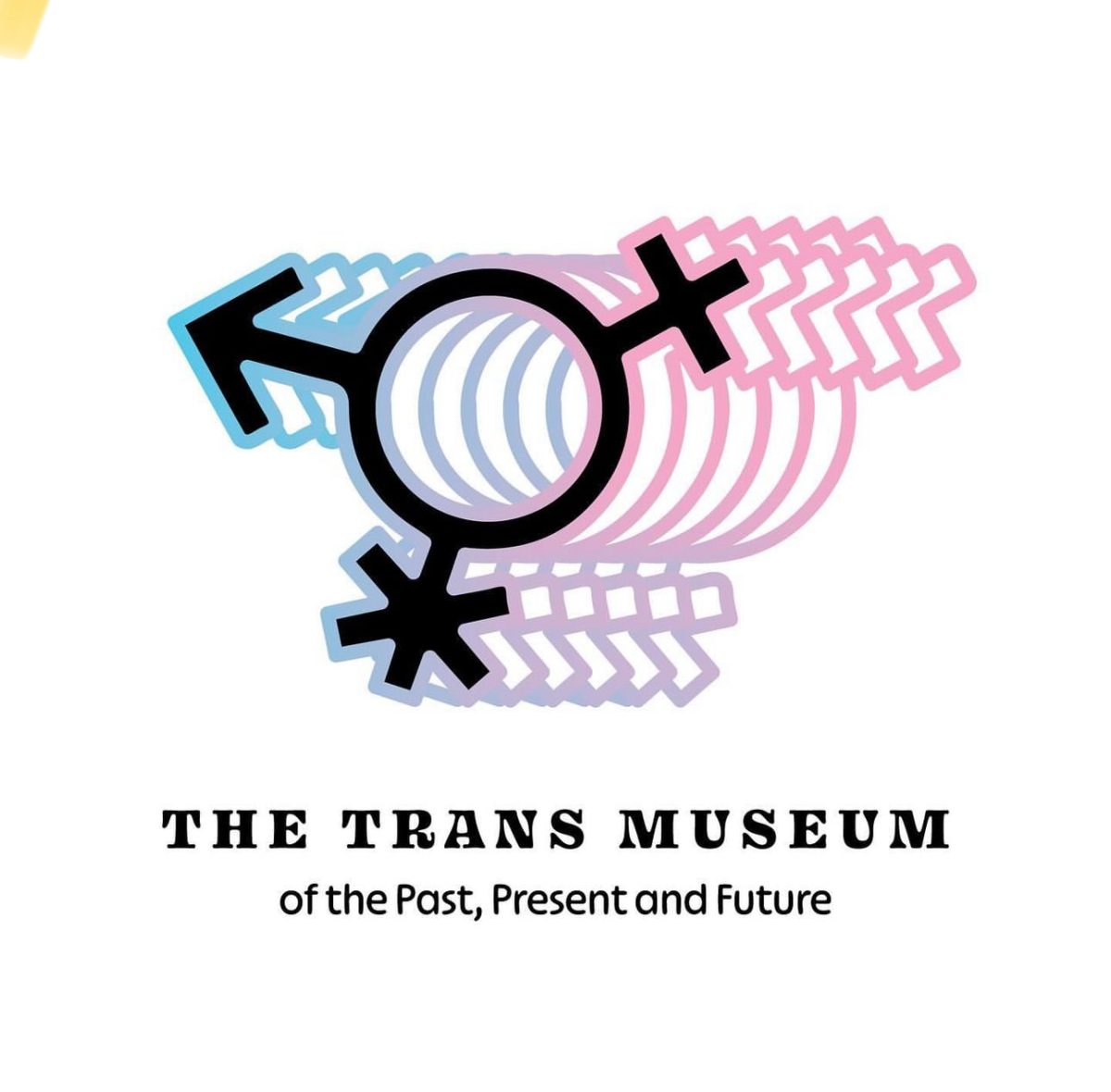Madison Watkins, Editor-in-Chief
Last week, The George-Anne Inkwell Edition published an overview of the Inclusive Excellence Report that was published by administration on Aug. 28.
This article will go into what the report recommended for Armstrong campus and what it means going forward.
It was stated in the report once all of the data was collected that Armstrong reported 55 percent for campus climate, 50 percent for institutional commitment and 36 percent for valued and belonging.
The biggest themes that were discussed in the campus-climate survey and listed in the report were strategic diversity leadership, the pain of consolidation and opportunities for community and engagement.
The theme of “the pain of consolidation” was unique to this campus in particular.
The report stated, “while present at all three campuses, it was strongest at Armstrong, where it was mentioned some 91 times by online survey respondents and consistently across listening sessions and interviews with campus stakeholders.”
Some of the comments listed in the report on all three themes, which came from the campus-climate survey, said:
- “We need to stop reacting and create standard operating procedures for dealing with issues of diversity.”
- “The university should prioritize diversity and inclusion systematically. Everything we do should be filtered through all the points outlined in our mission statement. Faculty and staff should be properly trained and acclimated to serve the needs of a student population that is diverse and increasingly non-traditional.”
- “We are being treated like the step-child campus and it’s just getting old, I’m about sick of it.”
- “The new Georgia Southern is a non-inclusive place to work. The campus does focus on diversity, but I feel this was because of the work of Armstrong and incidents that have happened on the Statesboro campus. Armstrong had a director of diversity. This position was taken away with the merger and then brought back. The events that are happening are reactive, not proactive, and focused on only two groups of people, racial and sexual. This is great for these groups of students, but I take inclusion to be all.”
- “We need to get more vocal about diversity clubs and organizations on campus and make sure that people know everyone can be involved in any club. I think we need a special push to help.”
- “Greek life is such a staple here, we have to do something about making it more inclusive. I mean put the Black Greeks on fraternity row and push the whites to be more accepting and open up. This is the root of our community’s problems.”
The report listed charts with the perceptions of campus climate by students, faculty and staff, racial and ethnic identity, gender identity and LGBTQIA identity.
Some important findings for each topic were:
Students, faculty and staff
- At the Armstrong campus, faculty and staff rated satisfaction with climate at the at 43 and 34 percent respectively, with no significant statistical difference between these groups.
- There was a statistically significant difference between employees and students. with faculty and staff rating satisfaction with climate lower than students.
Race and Ethnicity
- At the Armstrong campus, there were no statistically significant differences across different racial/ethnic groups on satisfaction with climate, value and belonging, or institutional commitment.
- The sample size represented in each group is not necessarily representative of the campus.
Gender Identity
- At the Armstrong campus, men, women and gender nonconforming respondents rated satisfaction with climate, value and belonging and institutional commitment at the same level.
- The sample size was not necessarily representative of the campus.
LGBTQIA Identity
- At the Armstrong campus, there were no significant differences between heterosexual and LGBTQIA respondents. The sample size was not necessarily representative of the campus.
One of the seven recommendations listed at the end of the report to accelerate inclusive excellence for the university is “Lift up the strategic campus integration journey across Statesboro, Armstrong and Liberty campuses,” with the description saying, “Develop an approach to heal through the pain of consolidation, creating a new narrative that dovetails with this report and the new strategic plan.”
Some of the action steps listed in the report that can put this recommendation into action are:
- Restart a working team that prioritizes strategic integration, picking up from the consolidation process, to determine how you can prioritize culture-building.
- Tap a group of Armstrong faculty, in particular, to identify key themes that they feel are being missed in terms of the economic challenges and hardships of students.
- Campus leadership must discover avenues to understand what elements of the transition are impeding offices and units from carrying out their jobs effectively after consolidation. Deans could establish a space (for example, on the first Friday of the month) to connect with academic and staff leaders to analyze how the transition towards consolidation is impacting their work. This information would be critical towards developing how each college will strategically plan to align with an overall institutional vision.
So what’s next for Armstrong now?
In an interview with The George-Anne Inkwell Edition, VP of Academic Affairs Dr. Carl Reiber stated, “one of the action steps is doing the climate survey. That climate survey is not just about inclusive excellence but it’s about how the people feel about their work environment…”
The climate survey Reiber is referring to will be a way for the university to collect data to assess change and progress on how the campus community feels about the university.
On the topic of how can administration improve the culture on this campus post-consolidation Reiber said, “Each campus brings to the table a history, a uniqueness and greatness that we need to recognize and celebrate…
Armstrong has a 100-year history that brings with it tremendous capability and quality of undergraduate education that we need to make sure never goes away…
I think the faculty here and the students here want to make sure that they can continue to get the good programs and are respected and I think that’s showing up in a number of areas…
No one in administration thinks that one campus is better or worse than another. What we’re looking at is what has been the quality history of the institutions, how can we keep that going and what we can add to it to let them flourish and do great things.”
Vice President of University Communications and Marketing John Lester said in the interview, “I think it has to be a show me, don’t tell me. And you gotta give the university a chance to show you.”
For more information on the findings on the Armstrong campus, you can read the full Inclusive Excellence Report on our website or in your student email.
Check our website and read next week’s issue for further coverage on the Inclusive Excellence Report.








